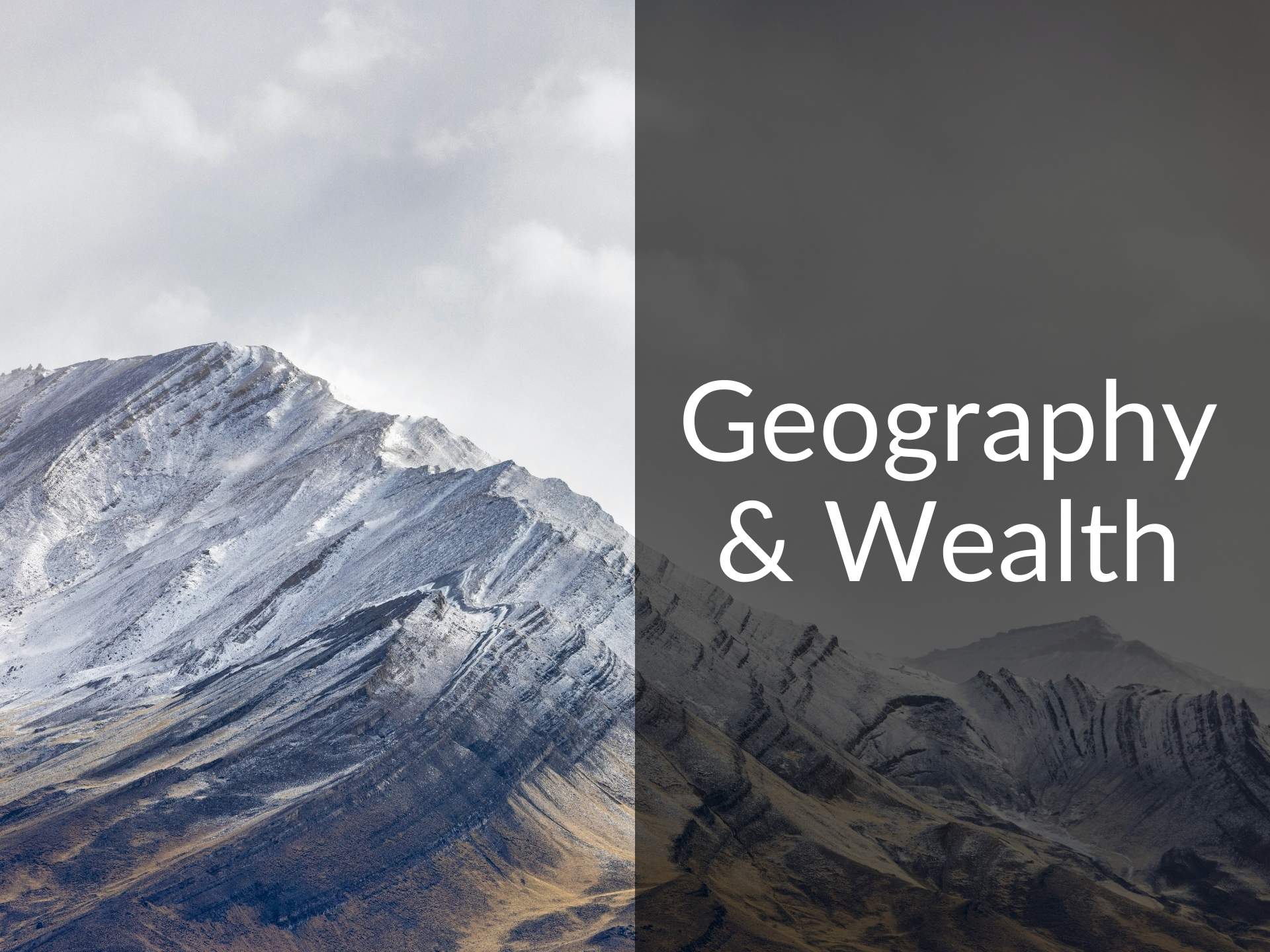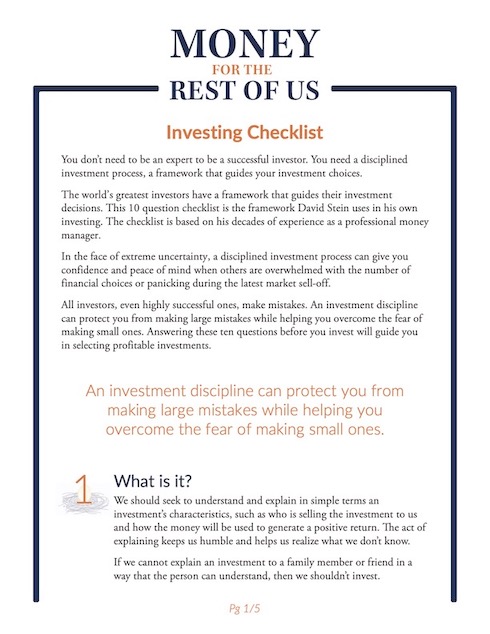How geography contributes to economic growth and can increase or lower the cost of living.

Topics covered include:
Show Notes
World Data Country Comparison: Costa Rica & USA
Why is Gas so Expensive in Costa Rica? by Sarah Jordan—The Tico Times
United States eCommerce Sales Growth (2018 to Q3 2024) by Jason—SellersCommerce
The Era of Finance CEOs Running Retailers Is Over by Amanda Mull—Bloomberg
AI set to fuel surge in new US gas power plants by Amanda Chu and Jamie Smyth—The Financial Times
What happened to the artificial-intelligence revolution?—The Economist
Liebreich: Generative AI – The Power and the Glory by Michael Liebreich—BloombergNEF
Episode Sponsors
LinkedIn Jobs – Use this link to post your job for free on LinkedIn Jobs
Related Episodes
444: Natural Disasters: Are They Truly Increasing?
413: What if the World Stopped Shopping?
151: Amazon Impacts Everything
Transcript
Welcome to Money for the Rest of Us. This is a personal finance show on money, how it works, how to invest it, and how to live without worrying about it. I’m your host, David Stein. Today is episode 507. It’s titled, “Where You Live Matters: How Geography Contributes to Wealth.”
Traveling in Costa Rica
Over the break, LaPriel and I spent about a month in Costa Rica. We spent time with our family. Costa Rica is a beautiful country, with high mountain peaks, rivers, beaches, the wildlife, flowers. Absolutely gorgeous.
I typically, when I travel outside of the US or travel anywhere, I don’t do a ton of research before I arrive. I find that once I’m there, then I have all kinds of questions in terms of how things operate, why things are as they are. I knew Costa Rica tourism was a leading sector in the economy, as was agriculture, bananas, coffee, pineapple, palm oil.
I didn’t know about palm oil, but down in the South where we spent a portion of our time, there were a lot of palm oil plantations. I didn’t realize till later that Costa Rica also manufactures medical, electrical, and aerospace devices.
My friend warned me, as we plotted out an itinerary for Costa Rica, that it is the land of second gear; that it takes a long time to drive to places. When we picked up our rental car for a month, the Avis rental car agent warned me, “Never move your car if you get into an accident.” He was emphatic about that.
And so when LaPriel and I first got there—she and I were there initially before our kids and their spouses arrived—we drove out on what was labeled a national highway, Route 27, a toll road. It was primarily two lanes. You’d get behind a very slow truck or other vehicle. When there was an accident—and there was—there typically wasn’t a shoulder, and so the lane coming at you was blocked due to the accident, and then they’d have to go around into the oncoming lane in order to get around the accident. And so we’d get these huge delays.
Now, there were some passing lanes, especially where there was an exit, but then later we were on Route 1, which is part of the Inter-American Highway. Traffic there was even worse in spots, except for one stretch south of Liberia, where they actually had two lanes in each direction. But I was questioning. Here’s a country where tourism is a big driver of the economy, yet it’s incredibly difficult to get anywhere.
InterAmerican Highway
The Inter-American Highway was partially funded by the United States. The aim was to connect the countries of Central America, where there were a few roads. And this was around World War II, and the U.S. felt there was a strategic advantage to having these countries connected, all the way from the U.S. down to the Panama Canal.
Norman Wood was an engineer working on this project, and he spent time in Costa Rica. He said—and this was in 1940—there was only a narrow-gauge railroad from the capital of San Jose to the port of Limon on the Caribbean or the Pacific port of Punta Arenas. And there weren’t that many highways. None between the capital city of San Jose and the seaport. Very little land transportation in the ’40s. Mostly ox cart trails down to Panama or up to Nicaragua. And there were several local small airplane services.
So here we are in 2025, there are roads, but when I think of a national highway, they weren’t there. And as I explored it more, I realized it’s the geography. It’s the mountains, the narrow valleys, the huge amount of rain that Costa Rica gets. And it’s also priorities.
Economic growth, GDP, measures the monetary value of output, the goods and services produced. It’s a function of the number of workers and how productive they are. And in comparing Costa Rica and seeing the transportation challenges, there just hasn’t been the investment in the infrastructure.
And then as we flew back and comparing it to Dallas, and just the sheer number of warehouses, highways, and the advantage of flat terrain for building highways, it contributes to economic growth. The ability to transport physical goods efficiently drives economic growth. And Costa Rica is held back by its geography, as are other countries.
As a Money For the Rest of Us Plus member, you are able to listen to the podcast in an ad-free format and have access to the written transcript for each week’s episode. For listeners with hearing or other impairments that would like access to transcripts please send an email to team@moneyfortherestofus.com Learn More About Plus Membership »
